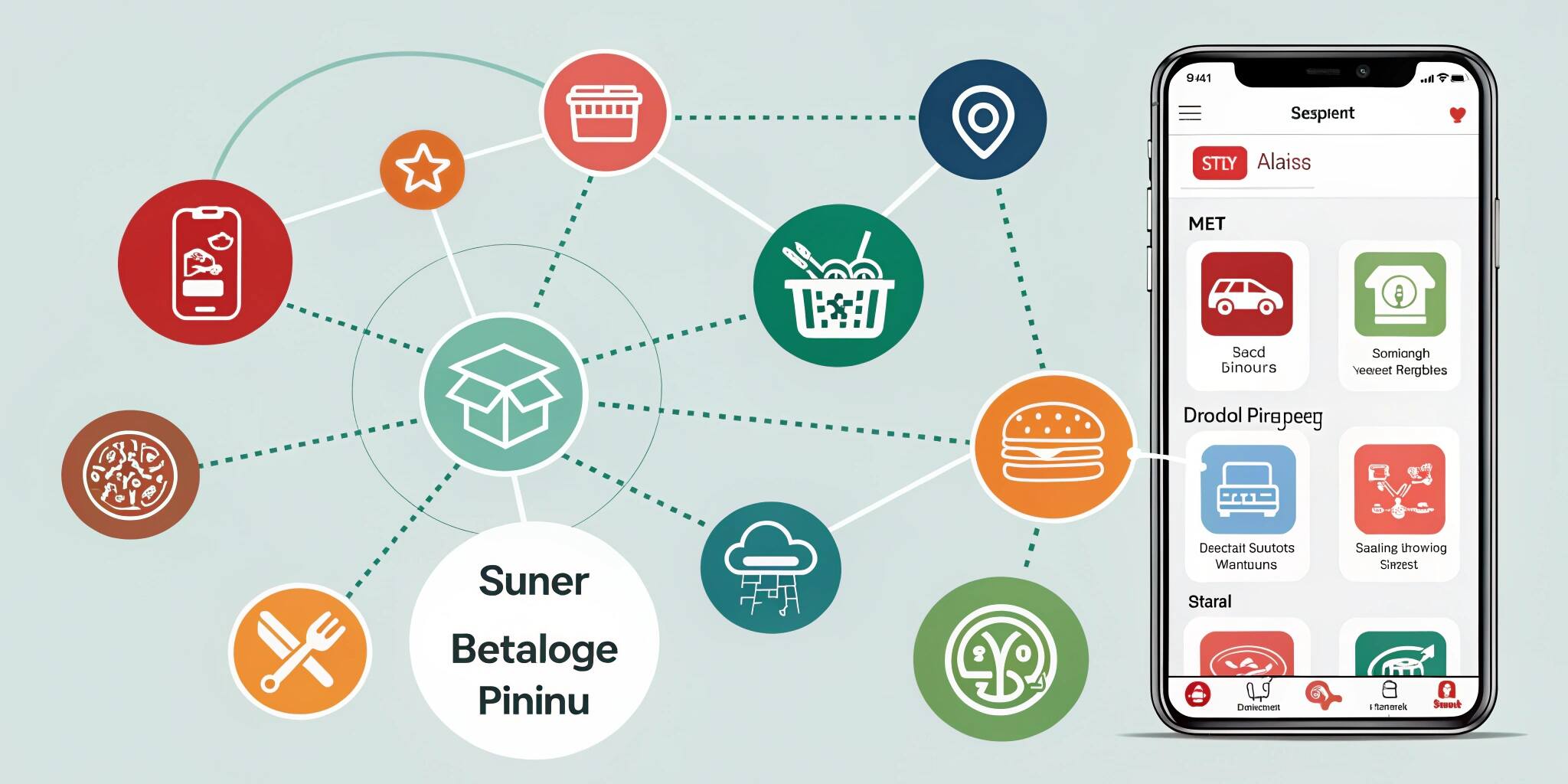Introduction
Gone are the days when users needed a separate app for every task. In today’s fast-paced world, super apps—multi-functional platforms combining services like messaging, payments, e-commerce, and ride-hailing—are reshaping how users interact with digital ecosystems. Originating in Asia and now expanding globally, these apps are redefining user expectations.
What Are Super Apps?
Super apps are digital ecosystems that host multiple services under a single application. They often begin with one core function (like messaging) and gradually integrate services like:
- Payments and banking
- Social networking
- Food delivery
- eCommerce
- Transportation
- Utility payments
Examples include WeChat, Grab, Paytm, Gojek, and Tata Neu.
Why Super Apps Matter
- User Convenience: Everything in one place.
- Increased Engagement: More daily interactions with a single platform.
- Data Synergy: Better personalization and analytics from centralized data.
- Platform Stickiness: Harder for users to switch once multiple services are integrated.
All-in-One Platforms: The Western Evolution
While super apps dominate Asia, Western markets lean toward platform ecosystems like:
- Meta (Facebook, Instagram, WhatsApp)
- Apple (iOS, iCloud, Apple Pay, Health, etc.)
- Amazon (shopping, streaming, payments, smart devices)
Though not single apps, they offer interconnected services through tightly integrated platforms.
Challenges and Concerns
- Privacy & Data Security: Centralizing services raises risk.
- Monopoly Power: One app to rule them all can limit competition.
- User Overload: Too many features can overwhelm rather than simplify.
- Regulatory Hurdles: Antitrust and data localization issues in many regions.
The Future of Super Apps
With advancements in AI, 5G, and cloud services, super apps will become smarter, more contextual, and even predictive. They will likely:
- Integrate AI assistants
- Offer voice-driven and wearable-compatible experiences
- Expand into B2B and enterprise solutions
Conclusion
Super apps and all-in-one platforms are more than tech trends—they’re changing how we live, work, shop, and communicate. Whether through a single interface or an ecosystem of integrated services, the push toward unified digital experiences is here to stay.


